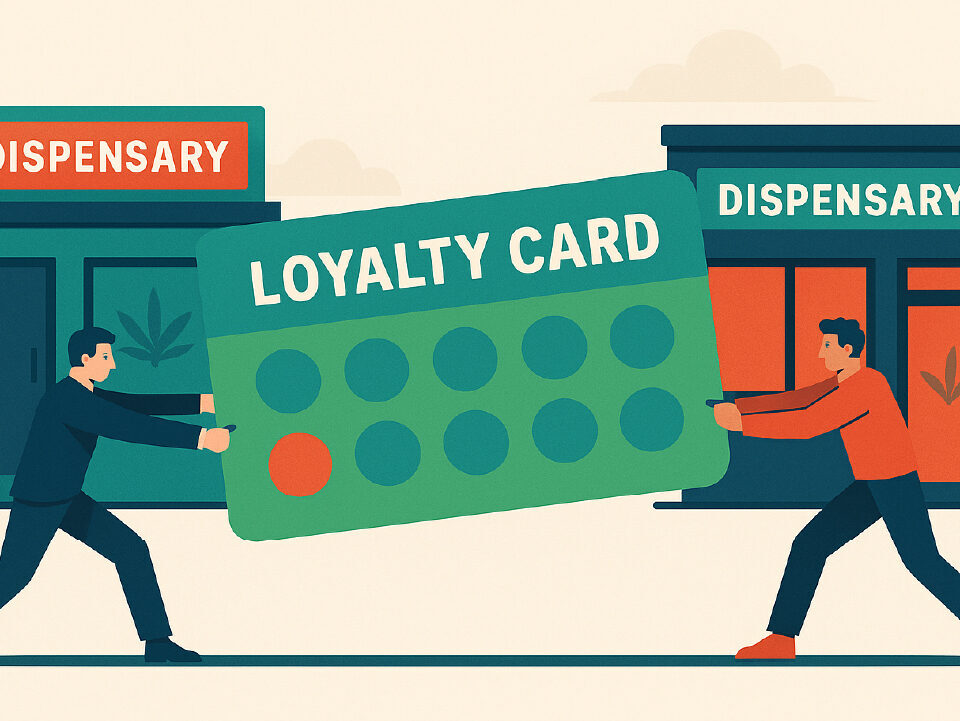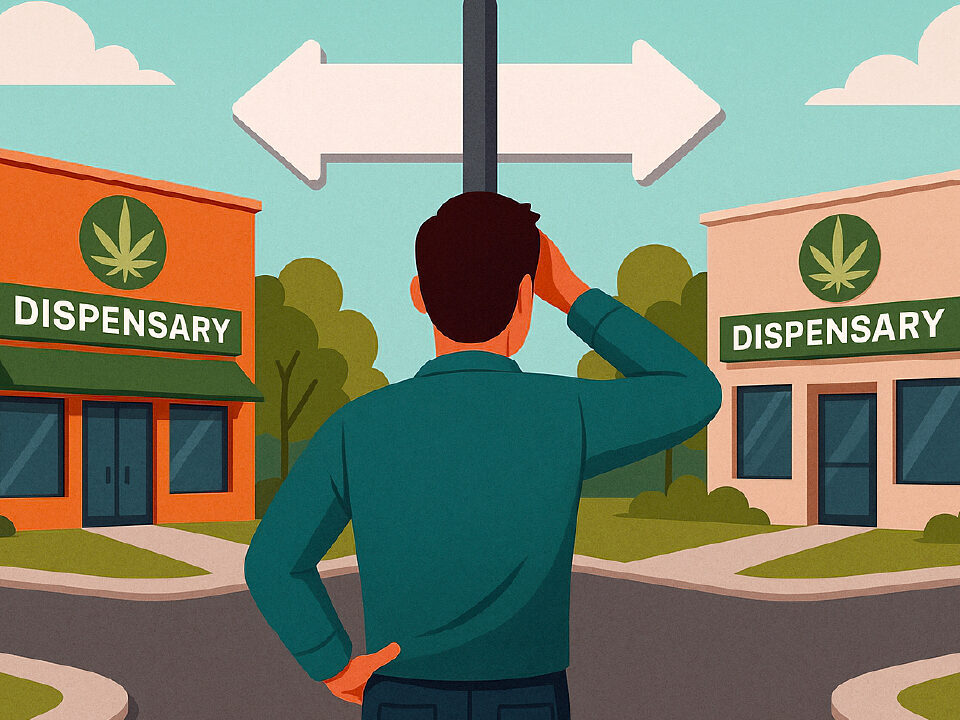All Aboard! for On-Demand Services in the Maturing Retail Marketplace

California’s Large Flower Supply Gives Consumers Wide Price & Quality Options
September 3, 2017
Millennials Currently Account for 80% of All Cannabis E-Commerce and Delivery Purchases in California
September 8, 2017By J.J. McCoy, Senior Managing Editor for New Frontier Data
With the advent of California’s adult use market, there is significant potential for expansion of ecommerce and delivery services in the state, where the number of non-medical cannabis consumers far exceeds that of medical patients. As the adult use market is implemented after Jan. 1, 2018, the opportunities for dispensaries and retail operations to reach customers through an on-demand marketplace, and delivery services like greenRush, will only grow.
How do online sales and ecommerce stand to shape the future of the cannabis market writ large? New Frontier Data expects the next two years to bring a dramatic increase in the demand for delivery services in California, as the state writes new regulations surrounding the impending implementation of adult use cannabis laws, and as local authorities liberalize regulations surrounding delivery services in the greater Los Angeles region.
Delivery services should target the urban areas of L.A. with higher concentrations of people and need for on-demand services. Indeed, given the size and consumption habits of the market, the city (which houses 1/3 of the state’s population) will likely become the largest cannabis market in California – and eventually the world – after adult use is implemented there.
A proliferation of on-demand companies and services is expected to emerge in maturing American markets, not just in California, but also in Colorado, Oregon, Nevada and even in Washington, D.C. Three motivating factors include selection, convenience, and speed.
The broader selection available through the collective catalog of dispensaries will afford customers their choice of available strains, and non-flower product types. Convenience is at a premium in a demand economy; increasingly, tech-savvy consumers come to expect it, which is illustrated by the fact that so many on-demand companies and business models have seen incubation in the San Francisco Bay area. Also important to the Los Angeles community will be the relative speed and avoidance of hassle via delivery services in the notoriously congested, high-traffic area of the greater metropolitan area.
Market growth in California will be fueled not only by increased consumer demand come January, but also by the introduction of new brands and product types aimed at attracting new cannabis consumers, particularly those who prefer not to ingest cannabis in smoked form. Indeed, as New Frontier Data’s analysis shows, there has been a dramatic increase in consumer interest in non-flower products, specifically disposable vaporizers, concentrates, and edibles.
While such trends have not yet had a demonstrably negative effect on overall demand or revenue generation for traditional flower products, it does signal a shift in consumer preferences, and represents growing opportunities for savvy operators and innovative firms to expand their product portfolios and increase options for the consumer.
Two other side benefits for consumers will be heightened self-education (through reviews and customer feedback posted online) and personalization.
“To date, in-store budtenders have been the most influential element in purchase decisions,” explained John Kagia, New Frontier Data’s executive vice president, industry analytics. “But community-based, customer feedback shifts the power back to buyers” to choose purchases.
To that end, though retail cannabis stores have traditionally done little to track customer shopping habits, on-demand platforms allow for vastly improved data collection about unique individual purchase behavior which, when used appropriately, can translate into customer loyalty and a higher rate of repeated return per customer over time.
Given that the industry daily grows larger and more competitive, the ability to identify the “who”, “what”, and “when” in purchasing habits will be of imperative value to retailers, and essential for the overall enterprise within any sophisticated cannabis market environment.

J.J. McCoy
J.J. McCoy is Senior Managing Editor for New Frontier Data. A former staff writer for The Washington Post, he is a career journalist having covered emerging technologies among industries including aviation, satellites, transportation, law enforcement, the Smart Grid and professional sports. He has reported from the White House, the U.S. Senate, three continents and counting.




